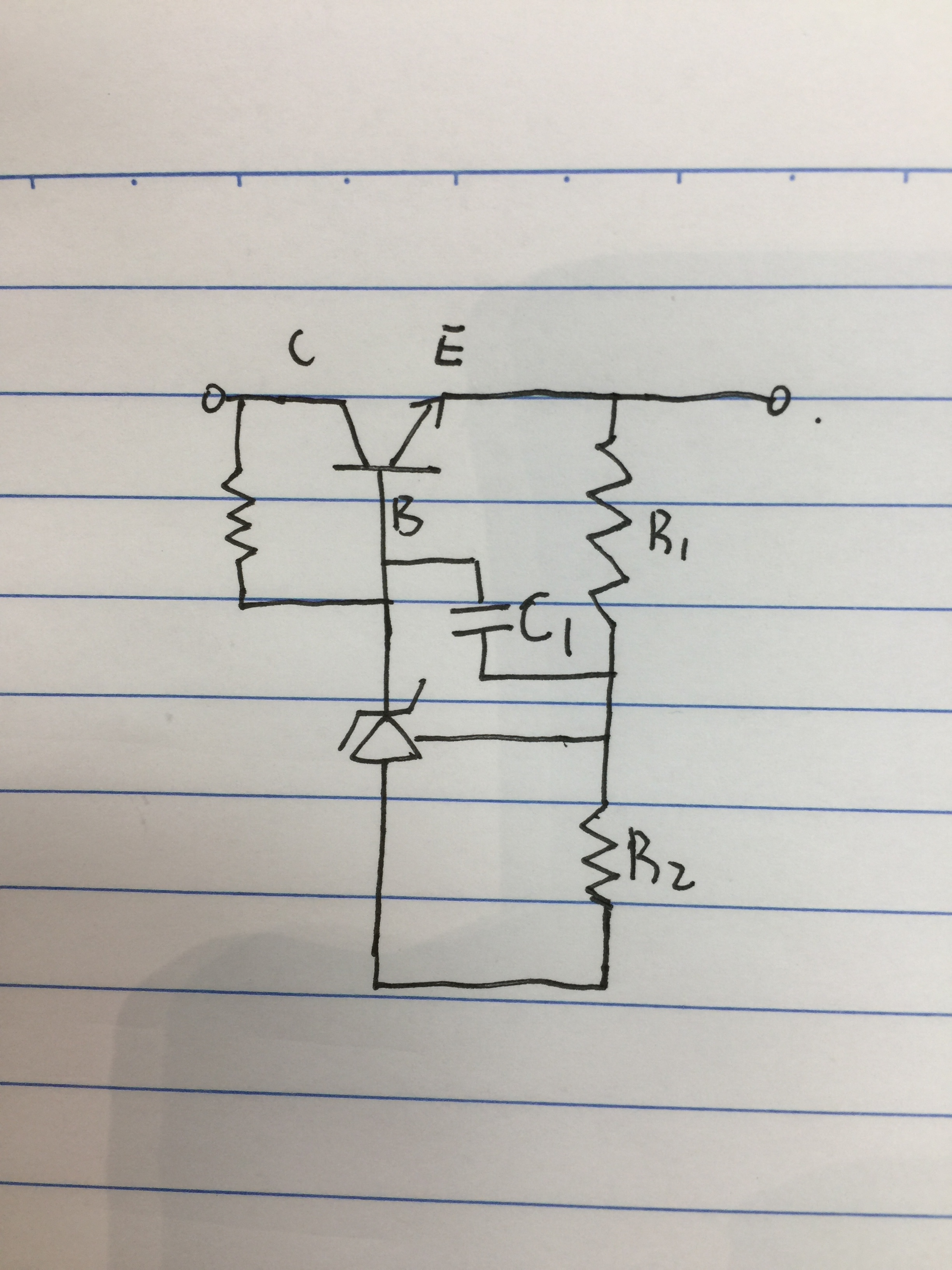Hi,
i have a question about TL431, in the reference design Efficient 5-V Precision Regulator,
what is the function of the triode in the circuit?
BTW, what is the difference between Efficient 5-V Precision Regulator and shunt regulator?
I consider both of them can regulate the voltage.
Thanks.
Best regards
Mason


